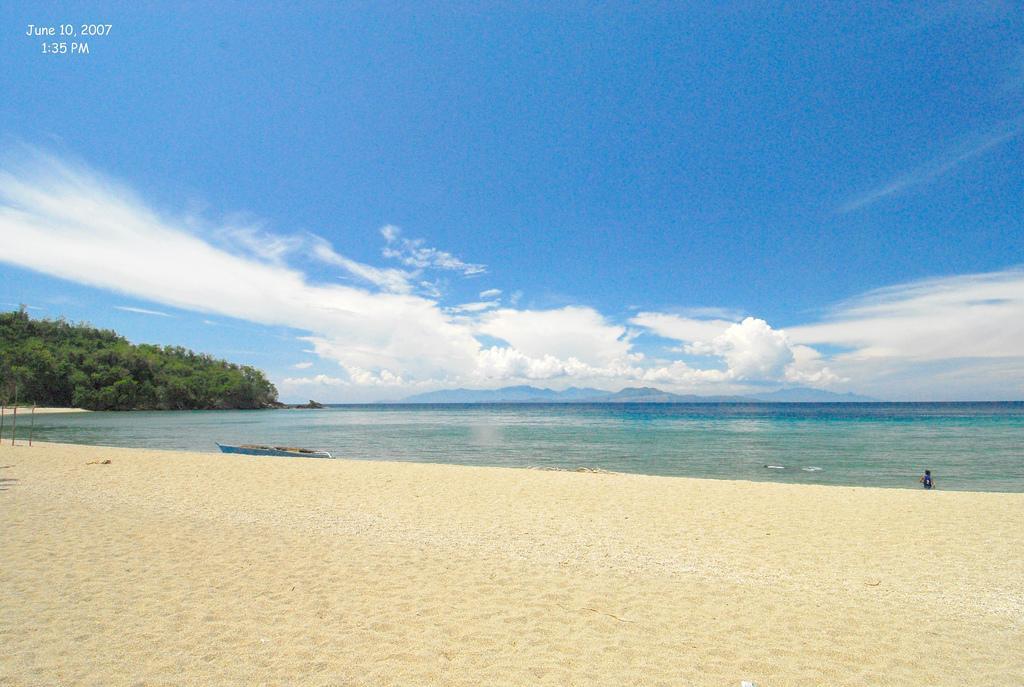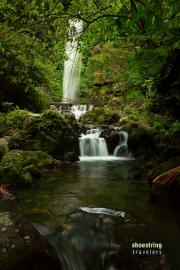
For the many visitors who have walked along the shores of Puerto Galera, they have described the place as a piece of paradise where one can bask in the magnificence of nature and partake in the many activities and leisures the resorts have to offer. After only several years of promotion and word-of-mouth, Puerto Galera has become one of the most desired tourist destinations in the Philippines, with thousands flocking to its beaches year after year.


This coastal town is well known among tourists for its numerous pocket beaches and many snorkelling and scuba diving spots. The area was designated a Man and Biosphere Reserve of UNESCO in 1973 and has some of the most diverse coral reef diving in Asia. The marine environment has benefited in recent years from the influx of tourist dollars. This has seen a huge reduction in the number of fishermen in the area, as they gain higher revenue from tourists.

Puerto Galera is listed by the Club of the Most Beautiful Bays of the World, and is the only bay in the Philippines to be listed there.
Among the famous beaches in Puerto Galera are Sabang Beach and White Beach, which have an active nightlife with numerous bars and restaurants. Both beaches also have an array of first-class and economy-class accommodations.
Sabang Beach is the main destination for foreign tourists, while White Beach remains popular with local travelers. Big La Laguna Beach and Small La Laguna Beach are considered part of Sabang with resorts lining the beaches. Big La Laguna Beach is popular for local swimmers and snorkelers. Since 2001, White Beach has seen uncontrolled development. New restaurants and places to stay are rapidly encroaching on the beach itself and little remains of the once charming beach. Puerto Galera Town is a pleasant but sleepy Philippine town with few attractions. It has a large central Catholic church and a pier area, with a selection of bistros and cafes.
Behind the beaches are the huge and generally unexplored mountain ranges of central Mindoro. A particular local attraction is the nine-hole golf course perched on the hillside above White Beach which commands spectacular views over Puerto Galera's natural harbor and the Verde Island Passage. Mangyan tribes are scattered over the mountain sides. Some of the more remote tribes have virtually no contact with the outside world. Of the eight tribes on Mindoro, the Iraya are the largest. They are based in the Puerto Galera area.
Puerto Galera is among the top diving destination in the Philippines. Excellent diving is found less than 5 minutes from Sabang Beach. The diving generally focuses around the areas either side of Escarceo Point, which is famous for its current rips. Strong currents are a feature of the diving in Puerto Galera and it is good advice to employ the services of an experienced local guide or dive centre. There are more than thirty dive sites all within a 5-10 minute banca ride from Sabang Beach. Marine life is highly diverse. More than 180 species of nudibranchs are found in the area and many species of fish can be seen.

In the summer of 1998 there was some extensive coral bleaching around Medio Island and a large section of shallow reef (Coral Gardens) died. Since then the coral has regrown with a larger diversity of coral species replacing the prolific table corals. Corals in Puerto Galera were largely unaffected by the 2010 El Nino event.
In 2006 two super-typhoons damaged the shallow areas around Escarceo Point. Many of the faster growing coral species were destroyed to a depth of 6m. This represented about 5% of the coral reef in the area. From mid-2008 there were extensive signs of new coral recruitment. Acropora species (staghorn and table coral) rapidly recolonated the area so that most of the damaged coral have been replaced with new growth.
A study by the University of the Philippines in the 1980s, found that the Batangas, Puerto Galera area has one of the highest diversity of marine species in the world. It forms the centre of the golden triangle - The Philippines, Indonesia and Malaysia - renowned for their coral and fish species.
A variety of wrecks have been sunk over the years in addition to the one wreck of an engine of a WWII Japanese patrol boat.
Puerto Galera is also one of the main technical diving destinations in Asia. Technical Diving International has many dive centers in the area, offering the full range of TDI courses from Basic nitrox to advanced trimix.










